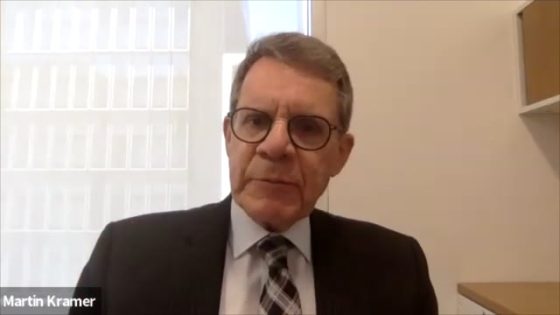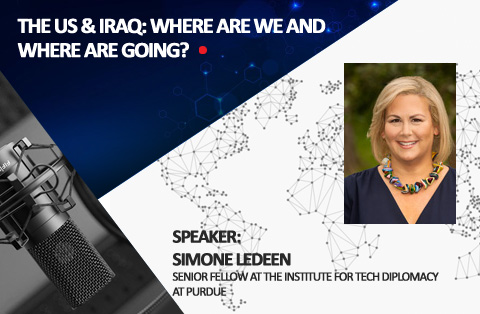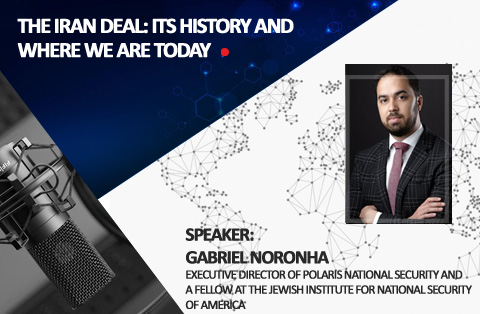Cries erupted from the city residents against the relentless bombardments. There was no place to hide from the constant assaults on the ground or from the bombs raining down from the air. People were said to be starving and denied access to doctors and medicines. Officials at schools, religious sites, and hospitals said their structures could offer no sanctuary from the dangers coming from above or from nearby streets. Journalists were not permitted full access to the battlegrounds so had to rely on the testimony of the people living under the shadow of death and destruction.
This narrative of unremitting violence meted out on a largely peaceful population was spun when the first shots were fired by Israel in its three-week attack on Gaza; but it is actually the story of Homs, a city besieged by the Syrian regime because its citizens want freedom and are demanding that the dictatorship end its mighty grip on power. What proved less than accurate in Gaza has become the literal description of events in cities and towns across Syria as ordinary people offer the only resources they possess — their lives — for the right to choose their rulers.
The contrast between the situations of the two cities could not be starker. Israel undertook its three-week war in Gaza against Hamas, to protect its citizens from harm as Gaza’s rulers ordered or encouraged the firing of rockets — both to symbolize the commitment to an unending war against the Jewish state and a determination to disrupt that country’s daily life. With increased access to longer range rockets, Hamas displayed fire power that could reach some of Israel’s densely populated areas. The bombardments ended when Hamas and Israel agreed to a ceasefire (as tenuous as it may be). There would have been no war to begin with had Hamas changed its charter and acknowledged Israel’s right to exist.
What was imagined in Gaza is actually happening in Homs. The city’s population can do nothing to stop President Bashar al-Asad from continuing to kill — neighborhood by neighborhood, street by street. Even if the protests end, there is no guarantee that people will be allowed to live and won’t be rounded up for torture or execution. What many Syrians know is that they have no choice but to continue to try to topple the regime — not only for the sake of freedom but also to secure their own lives.
Bashar Assad has been determined to prove to the world that he is no less of leader than his father, Hafez Assad, and to show what Syrian brutality is all about, as he continuously orders Syrian troops — backed by tanks – to quell anti-regime protests in the towns of Talkalakh, Daraa, Baniyas and Homs by killing innocent civilians in the streets.
In February 1982, Hafez Assad acted in a similar manner when he sent the Syrian army to conduct a scorched earth campaign in Hama in order to quash a revolt by the Sunni Muslim community. There, the estimate of the dead was approximately 40,000, according to the Syrian Human Rights Committee.
What will be learned from this tale of two cities? Will Syrians and others in the Arab world be able to distinguish between a fictionalized set of events and a realistic account of the political developments that have taken so much away from their lives?
The dictatorship in Syria overturned an old post-colonial order still affected by the corruption and failed policies of the past. But while the regime may have liberated the country from the old aristocratic landowners, it did not end a system of privilege for those close to the powerful rulers and to their families. It may have dissolved the influence of past imperial countries, but it did little to free the country from the power and might of other external forces. And it survived on the notion that Israel was the country’s most powerful enemy.
Israel has haunted the Arab World and made it possible for dictators to justify a level of repression that allows them to mobilize their countries’ treasures and resources for confronting what they claim is the greatest threat to the region. Thus the only way in which Arab men and women can change their political and social order is to begin with a realistic view rather than a fictional account of what has gone wrong in the past.
Liberation from the values of the past also means placing as much value on truth as on a cause. Sadly Syrians are now in the best position to hold truth to power — not only in their own country but across the region.
Donna Robinson Divine is a Morningstar Family Professor of Jewish Studies and Professor of Government at Smith College and a Scholars for Peace in the Middle East (SPME) board member. Asaf Romirowsky is the acting executive director of Scholars for Peace in the Middle East (SPME).




